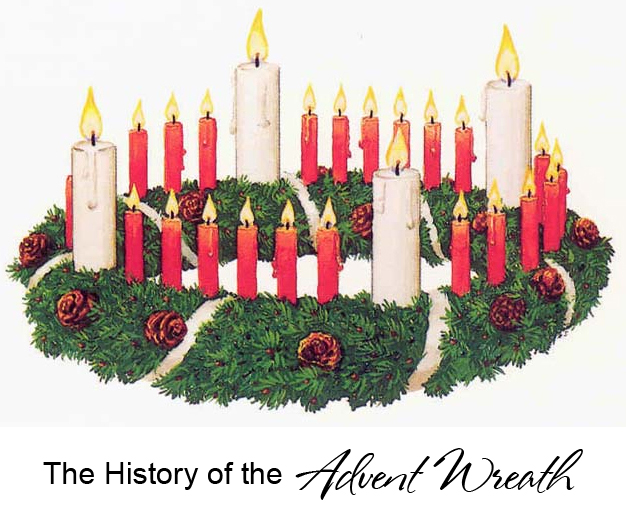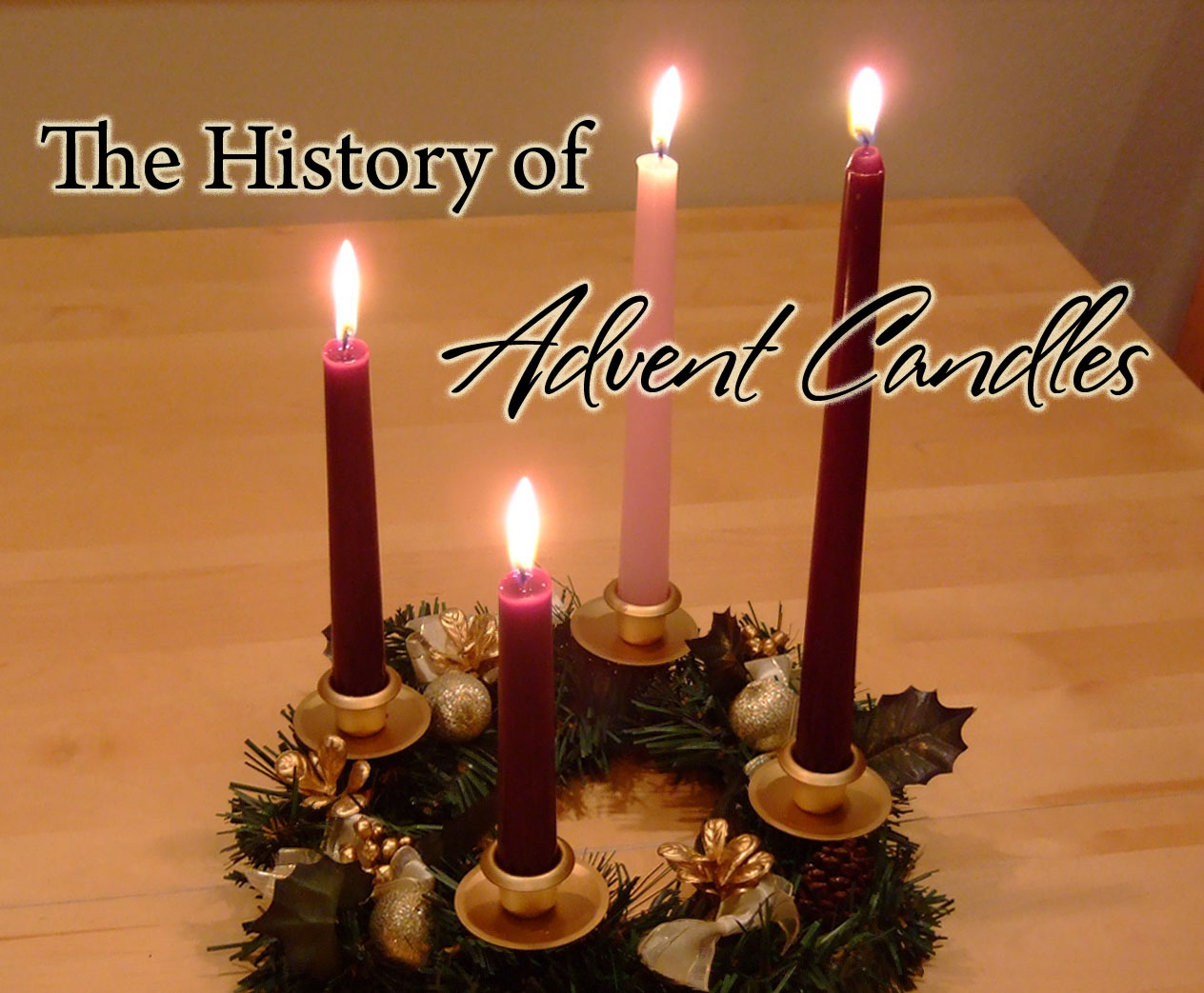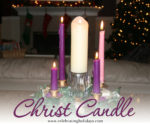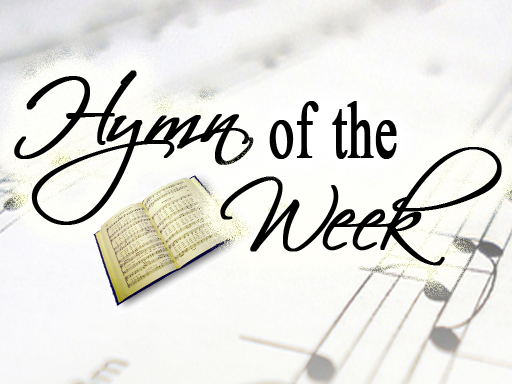Wreaths
The following text is drawn from our featured Christmas book and is also available for free as audio.
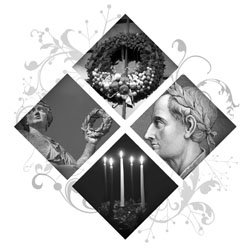 Though wreaths were well known throughout the ancient world, it appears that the people of Northern Europe were the first to specifically associate them with the winter season. For a region that experienced long hours of darkness and cold in the winter, wreaths brought a sense of hope into the home. These early wreaths were made of wheels (probably wooden wheels used on carts) and decorated with greenery and lights.
Though wreaths were well known throughout the ancient world, it appears that the people of Northern Europe were the first to specifically associate them with the winter season. For a region that experienced long hours of darkness and cold in the winter, wreaths brought a sense of hope into the home. These early wreaths were made of wheels (probably wooden wheels used on carts) and decorated with greenery and lights.
The pagans of Northern Europe believed that the sun was a “wheel” that would roll away from them and then turn back toward them in repeating cycles.1 Interestingly, the term Yuletide is possibly derived from a word meaning “turning time of the sun.” When the sun reached its farthest point “away” from the earth and the days were coldest and darkest, pagans began their winter solstice rituals in the hope that the sun would turn back toward them. Perhaps the tradition of the wreath originated in the belief that a wheel filled with greenery and light would inspire the god of light to turn the wheel of the sun back toward earth. Then, the light of day could grow longer and the landscape could grow greener.
Even as Northern Europeans converted to Christianity, wreaths continued to decorate their homes during the winter season. With time, these wreaths became distinctly Christian in their symbolism. Since their circular shape had no beginning or end, they could serve as a reminder of the “Eternal God” and the life without end offered to “whoever believes in the Son.” Since wreaths were made of evergreens (trees that survived the “death” of winter), they could symbolize both the immortality of God and the souls of men. Lastly, the light of a wreath could represent Jesus, who said, “I am the light of the world.”
Though Northern Europeans naturally came to associate their wreaths with Christmas, it is unclear how the wreaths came to be associated with Advent, the time of preparation for Christmas. Generally, scholars credit a 19th century German theologian, named Johann Hinrich Wichern, with creating the modern Advent wreath.
Wichern was passionate about urging Christians to minister to the physical and social, as well as spiritual, needs of people. He was a man who put his teaching into practice, and one of his many acts of social service included the founding of a home for poor children, called the Rough House, in the city of Hamburg. Tradition holds that as Christmas approached each year, the children would daily inquire about its arrival. In 1839, Wichern ingeniously thought to use a wreath as a teaching tool. For each Sunday of Advent, Wichern positioned a large white candle in a wreath made from a cart wheel. For every other day in between, Wichern placed a small red candle in the wreath. Each day Wichern would light a candle and teach the children about Jesus. Thus, the children had a visual means to help them count the days until Christmas, and Wichern had an opportunity to help draw their focus to the purpose of Christmas. His idea was a success, and with time, it spread throughout Europe and on to North America.
 |
The Christmas season officially begins with Advent. Learn more about Advent wreath traditions here. |
Back to Main Christmas Symbols Page
We welcome your questions and feedback. If you are seeking information on wreaths that is not found on our website, please contact us.
This content has a copyright © 2008 by Angie Mosteller. Please cite the source if you use this material: http://www.celebratingholidays.com/?page_id=1598.
